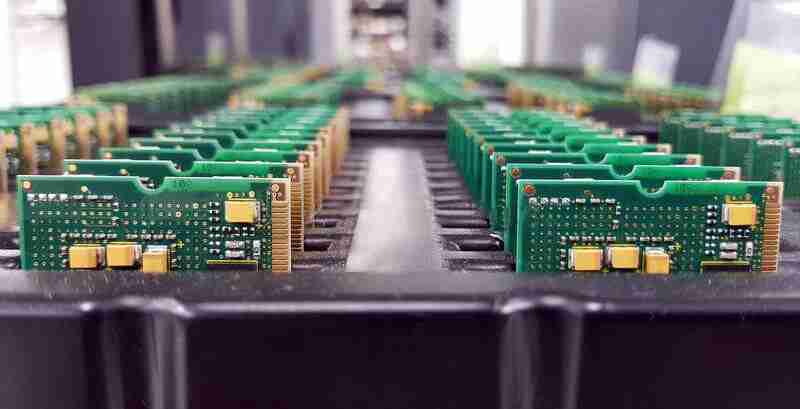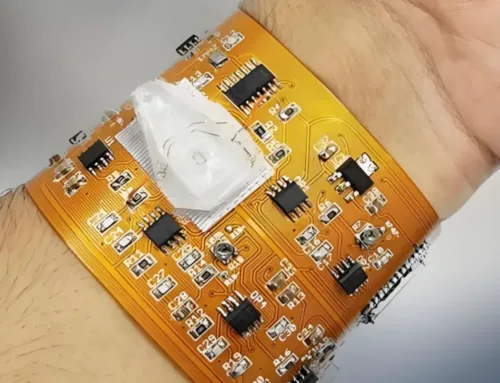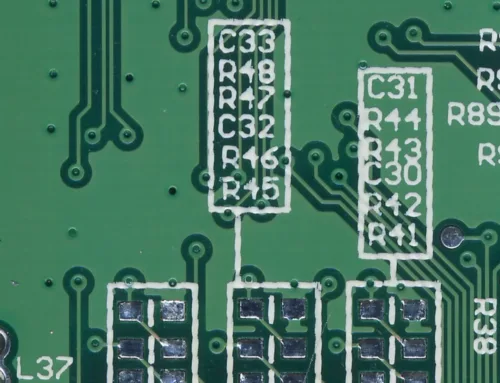Understanding PCBA Circuit Boards: The Future of PCB and Assembly

Table of Contents
Table of Contents
Electronics now face rapid evolution, with PCB and assembly technologies being the heart of this evolution. Modern high-tech devices incorporate advanced circuit boards for seamless operation, from consumer electronics to industrial automation. Innovative prospects in circuit board manufacturing are promising as industries necessitate miniaturization, efficient and eco-friendly processes.
What is PCBA and How Does It Function?
PCBA means a printed circuit board for a circuit board that has been assembled, component placement, and soldering being the general two steps. Our advanced manufacturing processes ensure high precision as we assemble PCBs for various industries, enhancing performance and reliability. These are opposite to bare PCBs, which could be deployed to manufacture the electronic products.
The process of assembly goes through the following stages:
Designing & Prototyping: Engineers design the layout that provides the best circuit paths.
Component Placement: Automated machines that operate with high precision are utilized to place tiny components.
Soldering: Components are attached using surface mount or through-hole techniques.
Inspection & Testing: Quality checks ensure that the item works before mass production begins.
With the end use of PCBA even more reliability and efficiency will be brought about into complex electronics, hence the preferred mode in modern application.
Advancements in PCB and Assembly Technologies
1. Miniaturization and HDI
Manufacturers are moving to HDI technology with every downscaling in electronics. This involves several layers for circuits in the smallest places possible to maintain the performance without increasing the dimension of the board.
2. Automation
With increasing error levels and costs, AI-facilitated assembly lines guarantee the accuracy of PCB assembly. This development is complemented by robotics and machine learning, which provide speed enhancement by improving assembly speed and making mass production cost-effective.
3. Eco-friendly and Lead-free
Modern electronics should adopt a sustainable approach. Many manufacturers have adopted lead-free soldering and biodegradable materials to comply with environmental protection laws.
4. Flexible and Rigid-Flex PCBs
New Applications require flexibility in design. Flexible and rigid-flex boards are gaining momentum in their use within industries concerned with medical devices and wearables, facilitating more compact and durable designs.
5. Enhanced Thermal Management
Good thermal management for heat dissipation is important for performance and life. Use of ceramic substrates, cutting-edge cooling methods, and heat-resisting materials promotes good thermal management in high-power applications.
AI and IoT and Their Functionality for Improvement of Circuit Boards
Gone past are the days when circuit boards were just passive components; AI-based Predictive Maintenance and IoT-enabled PCBs bring circuit boards to life by actively transmitting data, monitoring failures, and optimizing performance in real-time.
These kinds of PCBs have been integrated in IoT systems, thus allowing devices to communicate and collaborate with one another in a seamless manner. This will facilitate the application in Smart Homes, Healthcare, and Industrial Automation. AI software accelerates design to prototyping, with optimal layout designs using fewer materials.
Challenges in Modern PCB Manufacturing
Indeed, advancement has not come without challenges; the following are a few challenges that the industry faces:
Component Shortages: Production schedules have been considerably impacted by extensive disruptions in the global supply chain.
Complex Assembly Requirements: The requirement for assembly precision becomes critical as the devices grow even smaller.
Regulatory Compliance: Manufacturers must follow very stringent standards of quality and safety.
Price Factors: With advanced materials and processes coming into vogue, one could argue for an upward pressure on price, thus making it important for the manufacturers to strategically source.
In order to outpace their competition, companies invest heavily in automation, strategic partnerships, and innovative materials to create capabilities in adapting their production to setbacks posed by such challenges.
What will be Future of PCBA?
1. Smart and Self-Healing PCBs
Experts and researchers are focusing on developing self-healing materials, which will minimize small damages and extend the lifespan of a circuit board. This may create a revolution within consumer electronics as well as mission-critical applications.
2. 3D-Printed Electronics
3D printing is invading the world of PCB manufacturing. This technology allows specific production, on-demand, for the most marginalized wastes possible, enabling rapid prototyping and small-batch manufacturing.
3. Quantum Computing Integration
New materials and circuit architectures will have to be developed at blistering speeds to cater to the new models of quantum computing. This may redefine the capability of a PCB in handling processing speeds.
4. Wireless Power Integration
PCBs in the future may also integrate wireless power transmissions, eradicating the necessity of conventional connectors and making devices more compact and efficient.
Enhanced Security in PCB Manufacturing
As more and more electronic devices connect to each other, security has become a major concern in the processes. Hardware-level encryption, secure boot mechanisms, and tamper-resistant design features have become additional barriers against cyber threats through the manufacturer’s security measures.
However, these features become even more imperative for industries where data integrity becomes the prime focus, such as defense, healthcare, or financial technology. With secure chipsets and AI-enabled threat detection in place, future PCBs will not only help in fast processing of information but also keep sensitive data undue from cyberattacks.
Sustainability and Recycling in PCB Production
Despite the growing global concerns about e-waste, this doesn’t exclude PCB. This has turned the attention of most players in this industry oriented toward sustainable materials as well as recycling. Researchers are studying biodegradable substrates currently to minimize the use of toxic materials such as lead and brominated flame retardants. Additionally, closed-loop recycling programs are being implemented to recover valuable metals from outdated PCBs.
Industry-Specific Innovations in PCB and Assembly
Different industries call for differentiated PCB designs to suit their peculiar needs. In the automotive arena, advanced high-frequency PCBs hold sway in autonomous driving and electric vehicle technology. Medical devices now feature ultra-miniature PCBs for implants and wearable health monitors. Aerospace and defense applications rely on high-reliability PCBs designed to withstand extreme temperatures and radiation.
Final Thoughts
The evolution of PCB and assembly is fast-tracked to a new horizon through advances in automation, materials, and integration of artificial intelligence. As industries demand smaller, more efficient, and eco-friendly electronics, manufacturers must innovate to stay in the race. The future of printed circuit board PCBA is bright, with designs becoming cleverer and tougher paving the way for the new generation of technology. Such organizations are likely to remain frontrunners of innovations that this dynamic electronics industry is expected to witness in the future.
Latest Blog
Contact us
Free Quote





